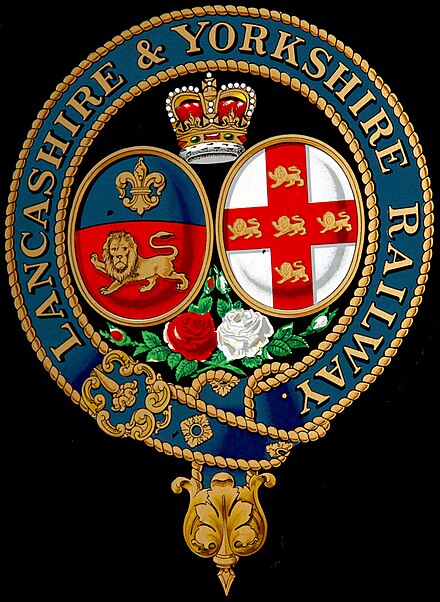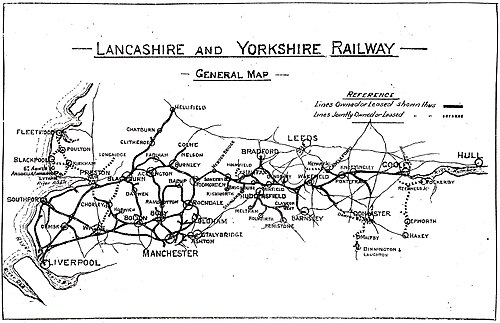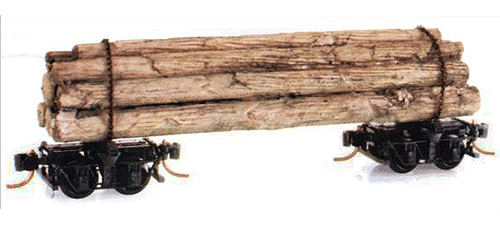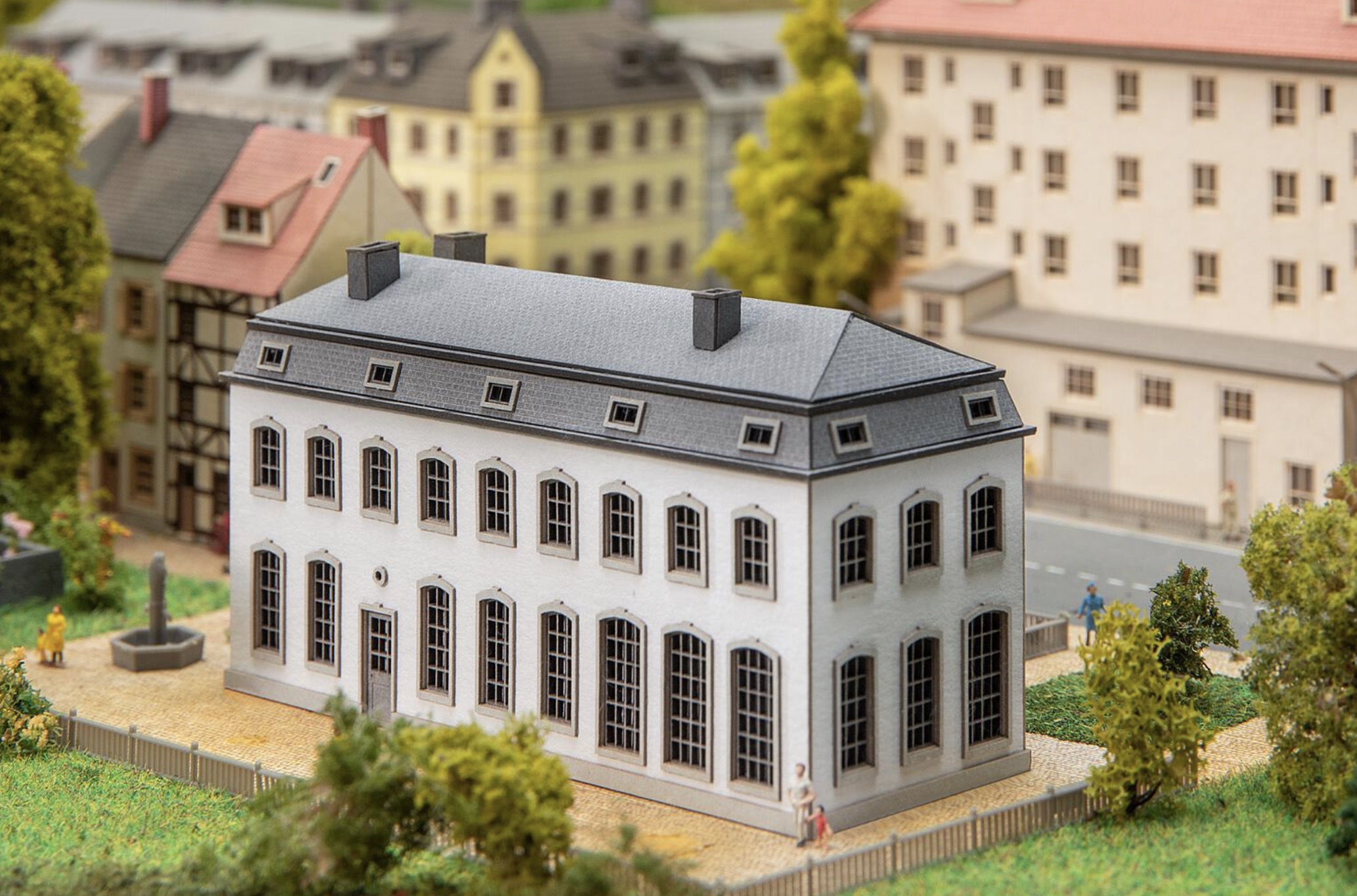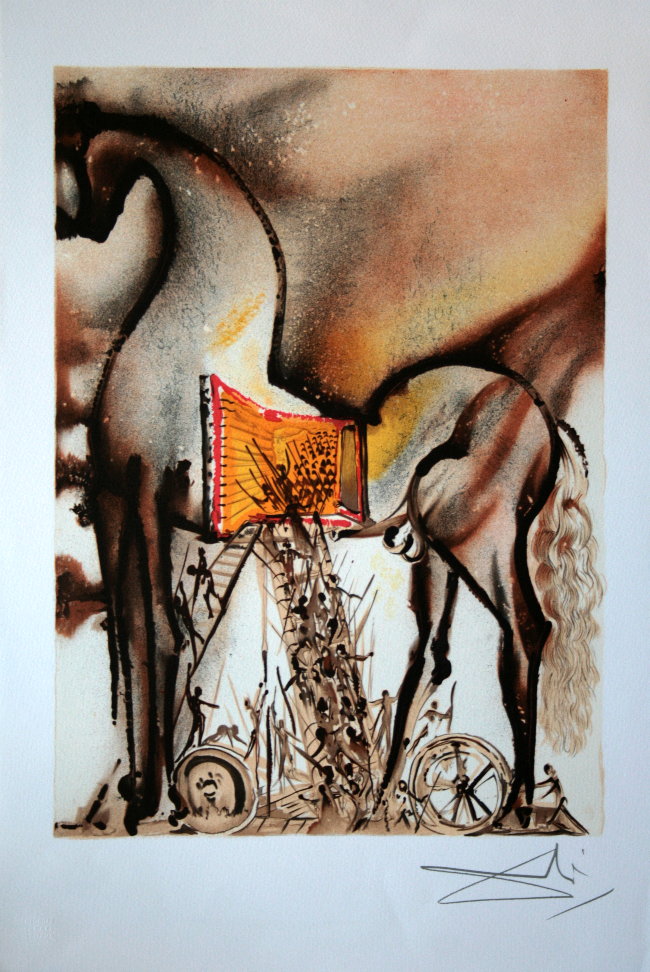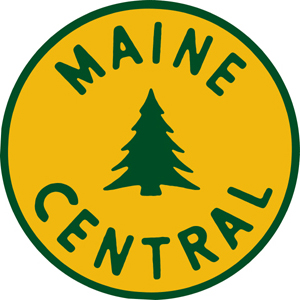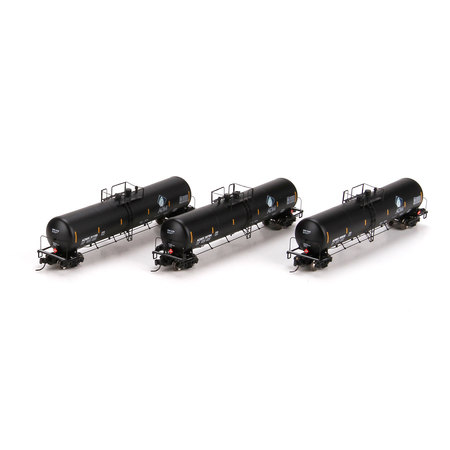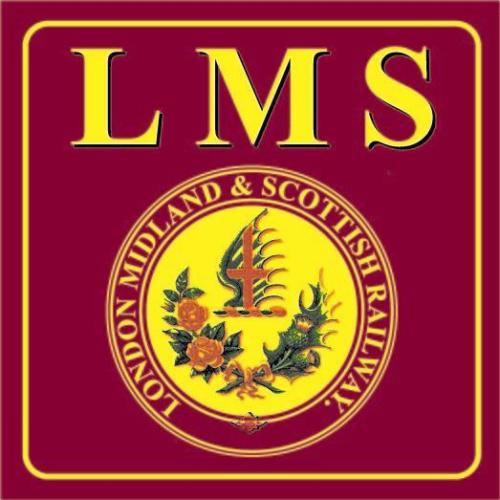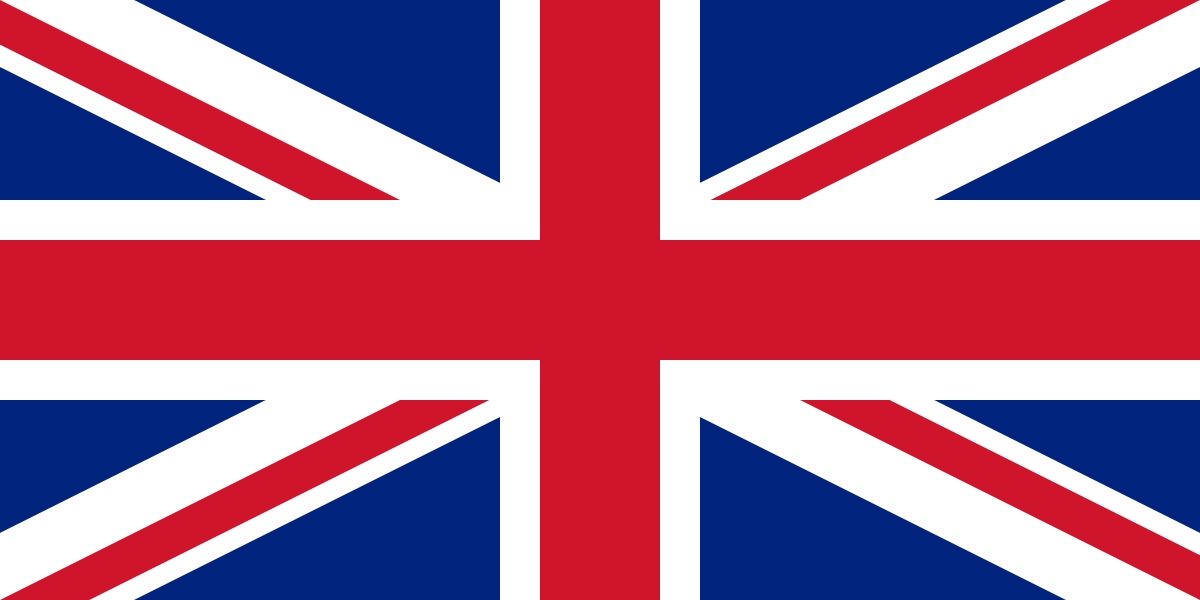Company History: The Lancashire and Yorkshire Railway (L&YR) was a major British railway company before the 1923 Grouping. It was incorporated in 1847 from an amalgamation of several existing railways. It was the third-largest railway system based in northern England (after the Midland and North Eastern Railways).
The intensity of its service was reflected in the 1,650 locomotives it owned – it was by far the most densely-trafficked system in the British Isles with more locomotives per mile than any other company[citation needed] – and that one third of its 738 signal boxes controlled junctions averaging one every 3+1⁄2 miles (6 km). No two adjacent stations were more than 5+1⁄2 miles (9 km) apart and its 1,904 passenger services occupied 57 pages in Bradshaw, a number exceeded only by the Great Western Railway, the London and North Western Railway, and the Midland Railway. It was the first mainline railway to introduce electrification of some of its lines, and it also ran steamboat services across the Irish Sea and North Sea, being a bigger shipowner than any other British railway company.
It amalgamated with the London and North Western Railway on 1 January 1922. One year later, the merged company became the largest constituent of the London, Midland and Scottish Railway.
The intensity of its service was reflected in the 1,650 locomotives it owned – it was by far the most densely-trafficked system in the British Isles with more locomotives per mile than any other company[citation needed] – and that one third of its 738 signal boxes controlled junctions averaging one every 3+1⁄2 miles (6 km). No two adjacent stations were more than 5+1⁄2 miles (9 km) apart and its 1,904 passenger services occupied 57 pages in Bradshaw, a number exceeded only by the Great Western Railway, the London and North Western Railway, and the Midland Railway. It was the first mainline railway to introduce electrification of some of its lines, and it also ran steamboat services across the Irish Sea and North Sea, being a bigger shipowner than any other British railway company.
It amalgamated with the London and North Western Railway on 1 January 1922. One year later, the merged company became the largest constituent of the London, Midland and Scottish Railway.
Successor/Parent History: The London, Midland and Scottish Railway (LMS) was a British railway company. It was formed on 1 January 1923 under the Railways Act of 1921, which required the grouping of over 120 separate railways into four. The companies merged into the LMS included the London and North Western Railway, Midland Railway, the Lancashire and Yorkshire Railway (which had previously merged with the London and North Western Railway on 1 January 1922), several Scottish railway companies (including the Caledonian Railway), and numerous other, smaller ventures.
The resulting company was an unwieldy construction, with numerous interests other than railway operation. Besides being the world's largest transport organisation, it was also the largest commercial enterprise in the British Empire and the United Kingdom's second largest employer, after the Post Office. The LMS also claimed to be the largest joint stock organisation in the world.
In 1938, the LMS operated 6,870 miles (11,056 km) of railway (excluding its lines in Northern Ireland), but its profitability was generally disappointing, with a rate of return of only 2.7%. Under the Transport Act 1947, along with the other members of the "Big Four" British railway companies (GWR, LNER and SR), the LMS was nationalised on 1 January 1948, becoming part of the state-owned British Railways.
The LMS was the largest of the Big Four railway companies serving routes in England, Northern Ireland, Scotland and Wales.
From Wikipedia
The resulting company was an unwieldy construction, with numerous interests other than railway operation. Besides being the world's largest transport organisation, it was also the largest commercial enterprise in the British Empire and the United Kingdom's second largest employer, after the Post Office. The LMS also claimed to be the largest joint stock organisation in the world.
In 1938, the LMS operated 6,870 miles (11,056 km) of railway (excluding its lines in Northern Ireland), but its profitability was generally disappointing, with a rate of return of only 2.7%. Under the Transport Act 1947, along with the other members of the "Big Four" British railway companies (GWR, LNER and SR), the LMS was nationalised on 1 January 1948, becoming part of the state-owned British Railways.
The LMS was the largest of the Big Four railway companies serving routes in England, Northern Ireland, Scotland and Wales.
From Wikipedia
Brief History: The United Kingdom, made up of England, Scotland, Wales and Northern Ireland, is an island nation in northwestern Europe. England – birthplace of Shakespeare and The Beatles – is home to the capital, London, a globally influential centre of finance and culture. England is also site of Neolithic Stonehenge, Bath’s Roman spa and centuries-old universities at Oxford and Cambridge.
Item Links: We found: 1 different collections associated with Lancashire and Yorkshire - Railroad
- Collection N Scale Model Trains: 1 different items.
Item created by: CNW400 on 2024-01-11 15:15:22
Last edited by: CNW400 on 2024-01-11 15:15:23
If you see errors or missing data in this entry, please feel free to log in and edit it. Anyone with a Gmail account can log in instantly.
Last edited by: CNW400 on 2024-01-11 15:15:23
If you see errors or missing data in this entry, please feel free to log in and edit it. Anyone with a Gmail account can log in instantly.


